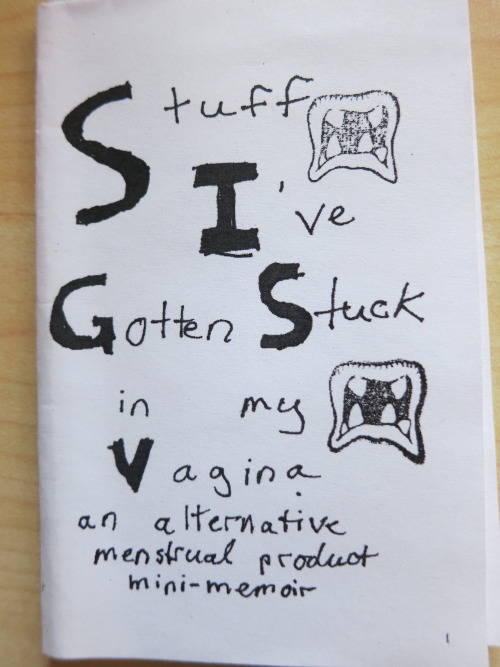Zine Content Comparison
Introduction
¶ 1 Leave a comment on paragraph 1 0 As the curator and cataloger of a zine library with holdings going back to the early 1990s I am sometimes asked to comment on how zines have changed over time. I read and catalog zines out of time, as they rise to the top of the processing queue, which makes it hard to respond to that question with confidence, though I have my theories. My suspicion is that zine creators in the 1990s wrote more about sexual assault and critiqued capitalist systems of oppression more than their 2010s counterparts, who are more likely to write about mental health and friendship. My informed assumptions extend to the visual elements of the works, with 1990s creators working primarily, even exclusively, in black and white photocopies with photographs, reproduced zine ads, hand drawings, and riot grrrl fliers, as opposed to more sophisticated reprography, desktop publishing (InDesign, rather than Publisher or analog cut and paste).
¶ 2
Leave a comment on paragraph 2 0




¶ 3 Leave a comment on paragraph 3 0 A sampling of covers of zines by high school and college students from the 1990s and the 2010s
¶ 4 Leave a comment on paragraph 4 0 To keep reading, go to: DH school data project data set | Lower East Side Librarian


6 Comments
Sounds a very interesting project. I’d love to see if there is any correlation between the content changes of zines and current (female) politics throughout history. Or have zine creators their own agenda?
I’m looking forward to hearing more about your project Jenna.
Cheers!
Thanks, Elif!
Jenna, What a rich dataset to work with. It makes much sense to begin with the metadata, and one thought that I had in terms of thinking about the metadata is that it could be useful to hear just a little bit about how you went about creating a regularized vocabulary for description. It sounds as though this may be a process that combines several common practices in librarianship, and it’s a process I’m sure many of us would benefit from hearing more about. For the purposes of this project, I’m not sure that mapping everything to MARC records is necessary, and may create an unnecessary barrier at this stage to having a chance to really play around with the data. I definitely suggest pursuing OpenRefine for doing some generalized clean up, but you may find that using the .txt file and starting with some very generalizable text analysis could be useful. I’m sensitive to the concerns of scope creep, but looking at the rich collection of images you also have available to you, I’m wondering if something like Lev’s big-data image analysis tool could be an interesting way to approach talking about the intersections between visual and textual cultures in the collection. Looking forward to next steps!
Thank you, Lisa! I’m so relieved to get your feedback and direction.
I’ll skip mapping the records for now and will work with one dataset or the other. Only the MARC records have controlled vocabulary. The records I exported into the spreadsheet are informal/natural language. So would it make more sense to use the MARC .txt than the Excel file? That would require less clean up, since the data is more structured. The records from the Access file are possibly richer and contain more information about the creators, but maybe for this project easier is better?
Again, thank you!
Hi, Jenna. Great project that I think will be visually and conceptually exciting. I agree with Lisa that we need to get a much clearer sense of the type and quality of the metadata that you will to work with. That will help determine what the most productive ways for you to dive into this admittedly large project (which, by calculation will cover anywhere from 3,000 to 6,500 zines). I agree with Lisa’s idea to consider using Lev Manovich visual analysis tool on some sample of the zines you are considering using? That may be too big a project to start with but I wouldn’t sell the visual component short as you move forward.
Thank you, Steve!
If I’m going to use just the MARC records for now it’s a little over 4,000, I think, some using AACR2R2 & some RDA cataloging. I’ll work on it this week. I took a couple of days off, so maybe I can even take advantage of Digital Fellows office hours.